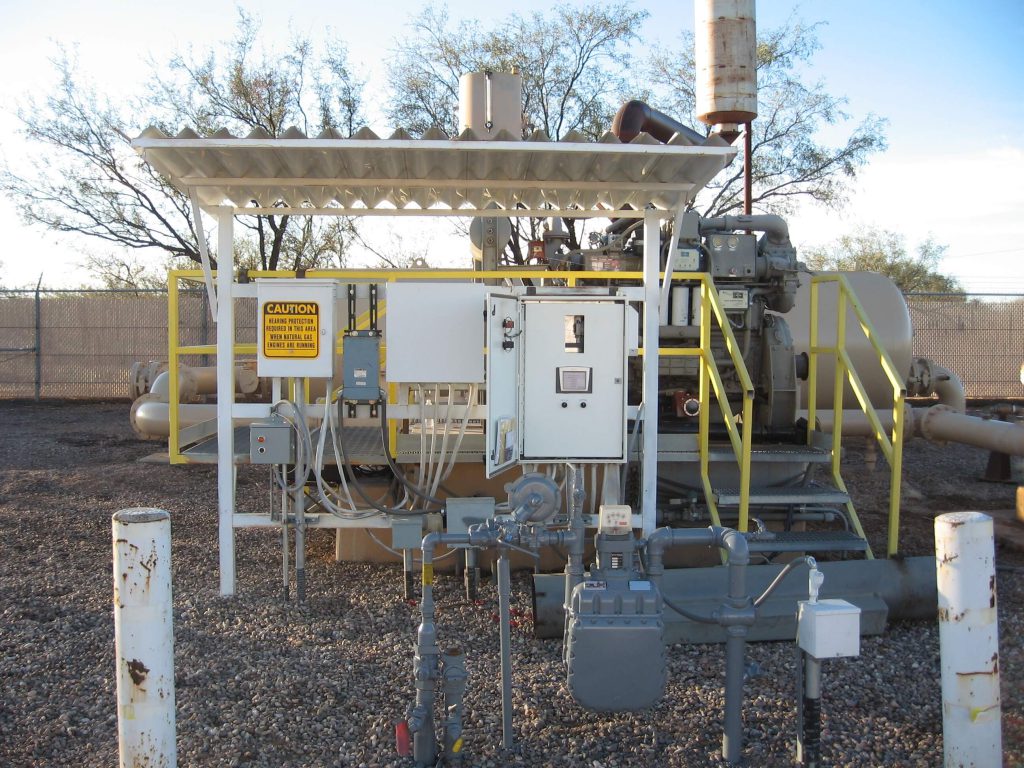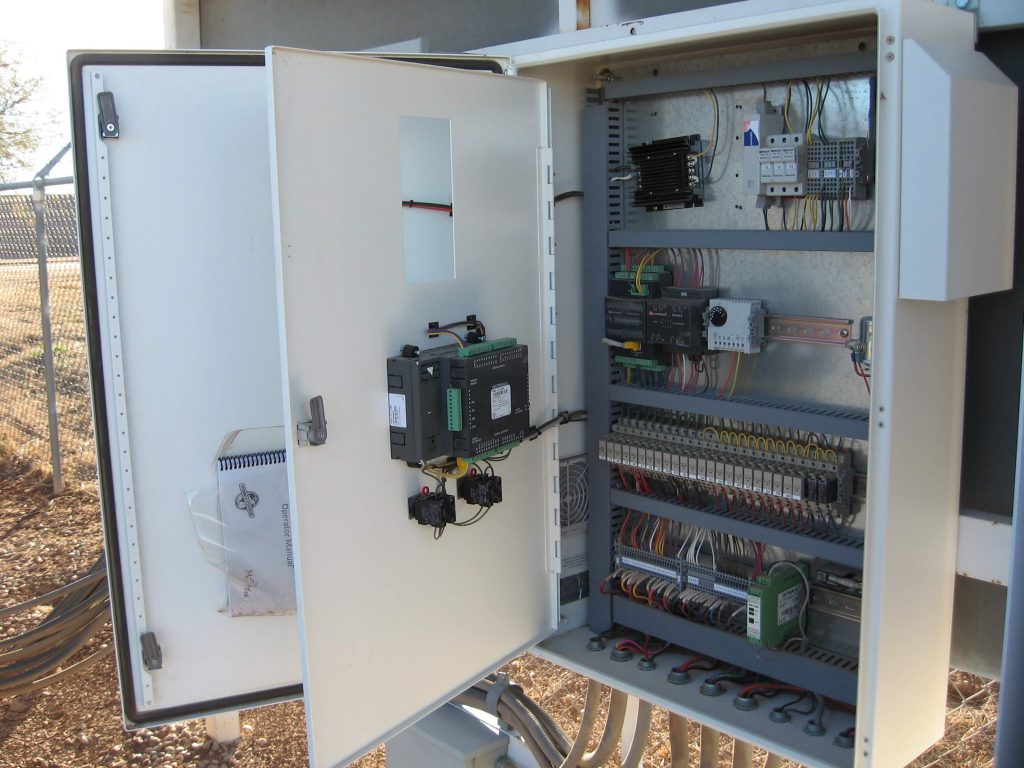Can a PLC survive in the Arizona desert?
Summary: MSI Tec, a distributor of industrial automation equipment including Unitronics PLC+HMIs, was contracted to redesign the control system for the City of Tucson’s well pumps. Tucson Water had requirements, including the ability to communicate with their SCADA system, but the biggest challenge was finding a unit that would operate reliably in Arizona’s extreme temperatures, which range from upwards of 100 degrees Fahrenheit to well below freezing, a range of about 40 to 0 degrees Celsius. MSI Tec installed the Unitronics Vision570, a robust, reliable PLC with an integrated color-touch HMI on more than 40 sites throughout the city; these units have never failed in the heat and continue working without losing screen readability.

MSI Tec, a distributor of industrial automation equipment and system integrator, was put to the task of designing a control panel for natural gas engines at the City of Tucson’s well pumps. There pumps are an important part of the City of Tucson’s plan to provide water to its more than 500,000 citizens.
The city maintains well pumps at 43 sites around the city and the cost per engine and shaft can be greater than $400,000. If these engines experience any rapid changes in RPM, it can cause a large column of water to shift up and down quickly, potentially causing a lot of damage. Due to the scale of the project and of the potential damage if any errors occur, MSI Tec knew a robust and reliable controller was necessary for these control panels.
“By combining low cost I/O, communications, PLC functionality, and an HMI in a single package, Unitronics delivered more capability for less money.” – Matthew Cronin
MSI Tec settled on the Unitronics Vision570, programmable logic controller with integrated HMI panel. Matthew Cronin, MSI Tec’s engineering manager explains the advantage of this all-in-one approach, saying “by combining low cost I/O, communications, PLC functionality, and an HMI in a single package, Unitronics delivered more capability for less money…This system required a diverse combination of analog inputs and outputs, digital inputs and outputs, and high speed pulse outputs. Unitronics had a flexible and affordable set of I/O cards to accomplish this.”
However, one of the biggest challenges associated with this project is the environment itself. Tucson’s temperature frequently climbs above 110 degrees Fahrenheit in the summer and the lows often drop below freezing in the winter. The Vision570s are mounted outside in uninsulated panels, so they need to stay reliable even in extreme temperatures; in the three years the panels have been installed, there have been over 250 days with the temperature above 100 degrees—about 38 degrees Celsius. The high quality of Unitronics’ touch screens allowed them to be resilient to the temperature and sun exposure. Cronin describes having to manually update the control systems in July:

The temperature was so hot that we couldn’t keep our computers running for more than 10 minutes…in the shade. In order to update the stations, we used cars with air-conditioned seats; we had to leave the cars running the entire day to keep the air and the seats cool enough for the laptops to not lock up…
Despite this excessive heat, the Unitronics’ PLCs kept running without a problem. Mike McMahon of Tucson Water adds “another amazing thing to note is that the display screens are still as easy to read now, as when they were new. This was a major problem with our old panels.” Not only are the Unitronics Vision570s’ screens still readable after several years, they also provides a 5.7” color, touchscreen for a comparable price to the customer’s previous system, which only had a 2-line display. Using the touchscreen made the system significantly easier to operate. The all-in-one design also reduces the necessary wiring and saves programming time, using Unitronics, single environment programming software.

